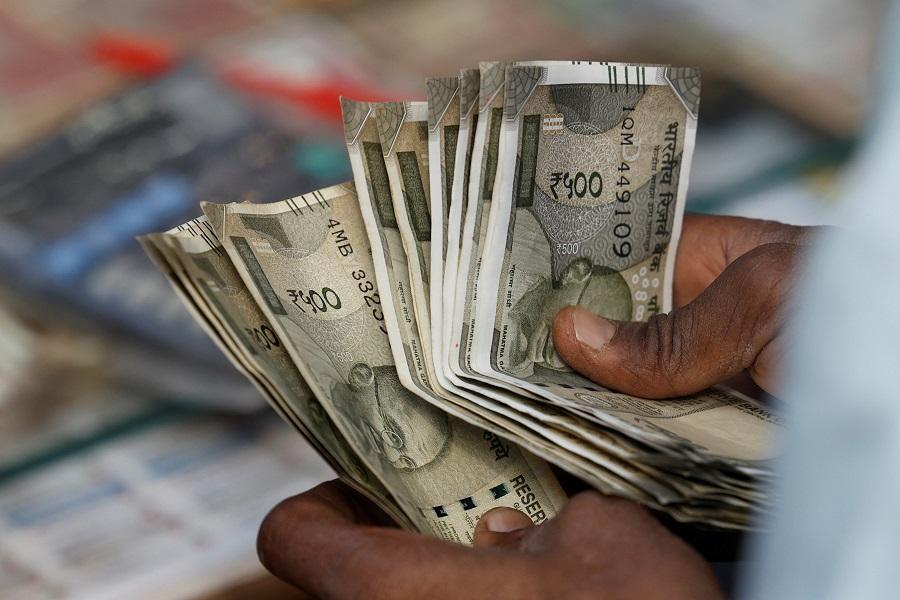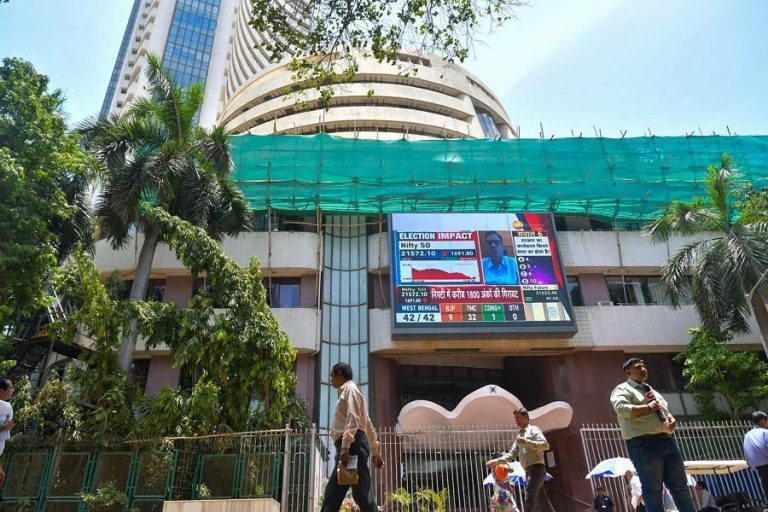
Rupee Set to Open Weaker as Trump Threatens 25% Tariff on Exports
The Indian rupee is expected to open weaker on Thursday, following U.S. President Trump’s threat to impose a 25% tariff on Indian exports, despite ongoing talks between the two countries. This development has sent shockwaves through the financial markets, with traders anticipating that the Reserve Bank of India (RBI) may intervene to support the currency.
The rupee has been under pressure in recent days, with the 1-month NDF (non-deliverable forward) suggesting an opening range of 87.66-87.69, compared to its previous close of 87.42. This is perilously close to its record low of 87.95, which was reached in August 2013.
The threat of tariffs from the Trump administration has added to the uncertainty surrounding the rupee, with traders worried about the potential impact on India’s exports. The rupee has already weakened by around 1.5% against the dollar this month, making it one of the worst-performing currencies in Asia.
The Indian government has been working to address the concerns of the Trump administration, which has been critical of India’s trade practices. However, the threat of tariffs has raised concerns about the potential impact on India’s economy, which has been growing at a slow pace in recent years.
The RBI has a history of intervening in the foreign exchange market to support the rupee, and it is likely to do so again in the event of a sharp depreciation. The central bank has already taken several measures to stabilize the rupee, including raising interest rates and selling dollars in the market.
However, the effectiveness of these measures is uncertain, and the RBI may need to take more drastic action to support the currency. This could include imposing restrictions on foreign investment or adjusting the cash reserve ratio, which is the percentage of deposits that commercial banks are required to hold in reserve.
The impact of a weaker rupee on the Indian economy would be significant. A depreciation of the rupee would make imports more expensive, which could lead to higher inflation and reduce the purchasing power of consumers. It could also make it more difficult for Indian companies to service their debt, which is largely denominated in dollars.
On the other hand, a weaker rupee could also have some positive effects on the Indian economy. A depreciation of the rupee would make Indian exports cheaper and more competitive in the international market, which could boost exports and help to reduce the country’s trade deficit.
The impact of the Trump administration’s threat to impose tariffs on Indian exports is likely to be significant. The tariffs could lead to a surge in imports from other countries, which could put pressure on the rupee. It could also lead to a decline in Indian exports, which could reduce the country’s economic growth.
The Indian government has been working to address the concerns of the Trump administration, which has been critical of India’s trade practices. However, the threat of tariffs has raised concerns about the potential impact on India’s economy, which has been growing at a slow pace in recent years.
In conclusion, the rupee is likely to open weaker on Thursday after the Trump administration’s threat to impose a 25% tariff on Indian exports. Traders expect the RBI to intervene in the foreign exchange market to support the currency, which could include imposing restrictions on foreign investment or adjusting the cash reserve ratio. The impact of a weaker rupee on the Indian economy would be significant, with both positive and negative effects.






